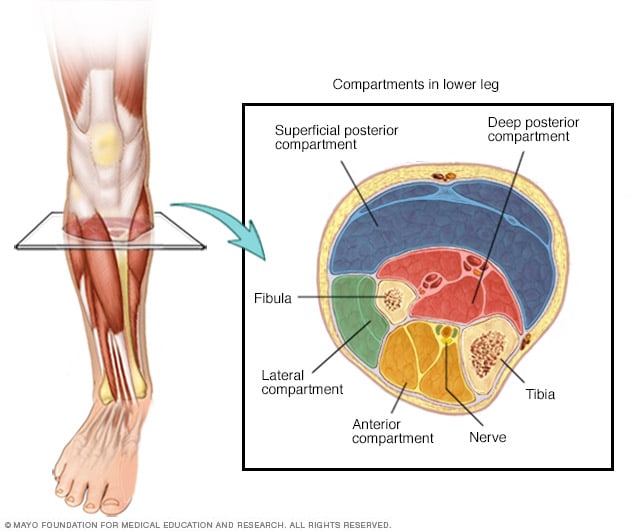Read the first few chapters and did some of the exercises in the book. Did a run last night following some of the advice in the book that specifically talks about running form, standing tall, engaging glutes/hips etc and had a much improved running experience. It's funny because there's nothing I read in the book that isn't summarized well by the section on form in the /r/running wiki (whose advice on form is similar to just about everything I've read/heard), but reading it explained in a long-form in a book made it all click with me that I wasn't actually "running tall", which was leading to all kinds of dysfunction. One pretty simple tweak (that a physical therapist and two shoe salesmen at running stores didn't recommend) makes me feel like I've been put on the right path to running for the first time in my life.
How do I fix my form/footstrike?
The canonical bad running form looks something like this: slow cadence, long leaps, landing on a straight leg, ahead of your body, hands in front of your chest, upper body bent forward (slouching). What happens here is that the entire body weight, plus a good portion of the forward momentum you have, is jammed straight into the ground, and because the knee is straight and the hip muscles don't engage properly, the impact force ends up hitting the bones and joints, all the way from the feet up into the hips and lower back, and even up the spine to the neck and head. Bones and joints are not built for this, so you will get in trouble with this. Now, typically this kind of running form combines with a pronounced heel strike; that's because it is essentially a grotesquely scaled-out walking gait: you basically just lengthen your walking stride, add a bit of push-off to turn your steps into leaps, and that's it. Forcing a forefoot strike will not change any of that; it might even make things worse, because one, you will be inclined to "reach out" with your toes, making the overstriding worse, and two, hitting the ground this way with the foot in an overextended position doesn't help at all, it'll just hurt the ankle joint more.
The proper solution is to forget about footstrike entirely, and instead work on a better overall gait. That means:
How do I fix my form/footstrike?
The canonical bad running form looks something like this: slow cadence, long leaps, landing on a straight leg, ahead of your body, hands in front of your chest, upper body bent forward (slouching). What happens here is that the entire body weight, plus a good portion of the forward momentum you have, is jammed straight into the ground, and because the knee is straight and the hip muscles don't engage properly, the impact force ends up hitting the bones and joints, all the way from the feet up into the hips and lower back, and even up the spine to the neck and head. Bones and joints are not built for this, so you will get in trouble with this. Now, typically this kind of running form combines with a pronounced heel strike; that's because it is essentially a grotesquely scaled-out walking gait: you basically just lengthen your walking stride, add a bit of push-off to turn your steps into leaps, and that's it. Forcing a forefoot strike will not change any of that; it might even make things worse, because one, you will be inclined to "reach out" with your toes, making the overstriding worse, and two, hitting the ground this way with the foot in an overextended position doesn't help at all, it'll just hurt the ankle joint more.
The proper solution is to forget about footstrike entirely, and instead work on a better overall gait. That means:
- Short, quick, light steps, even (especially!) at slow paces.
- "Run tall": keep your head upright (imagine a string pulling your head up, like with a puppet), eyes on the horizon.
- Relax, especially feet, ankles, arms, shoulders.
- Bend the knees.
- Keep your feet behind your body.
- Use gravity to move forward: just slightly pushing the hips forward and down will have you effortlessly accelerate while staying completely relaxed. Practice this in the form of strides.
- If in doubt, bend the knees more.
Last edited:










